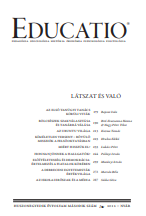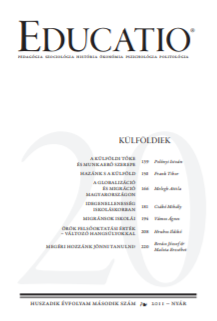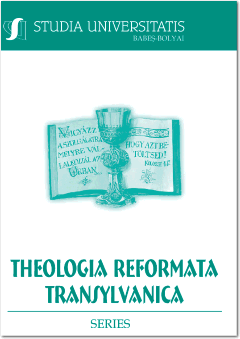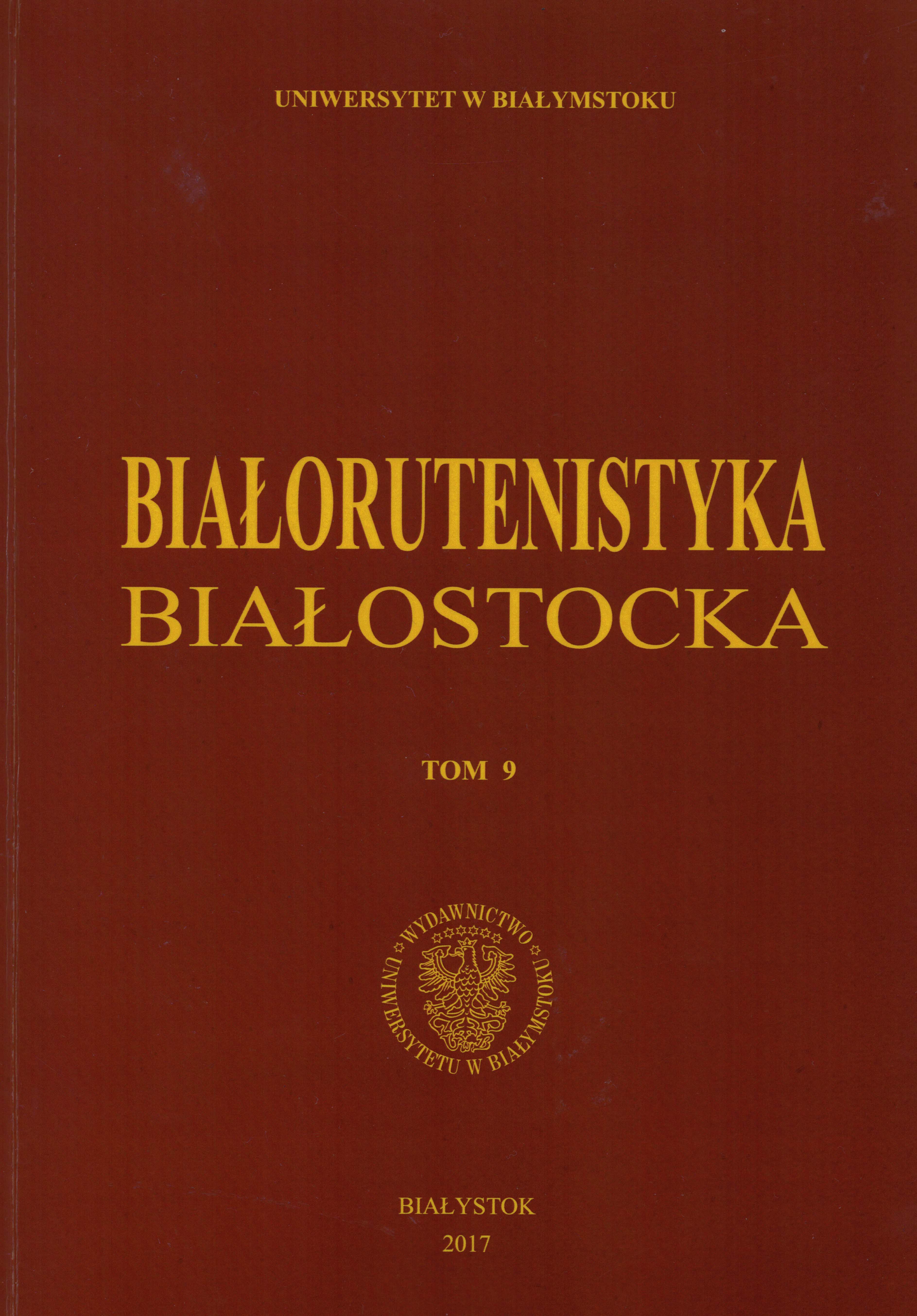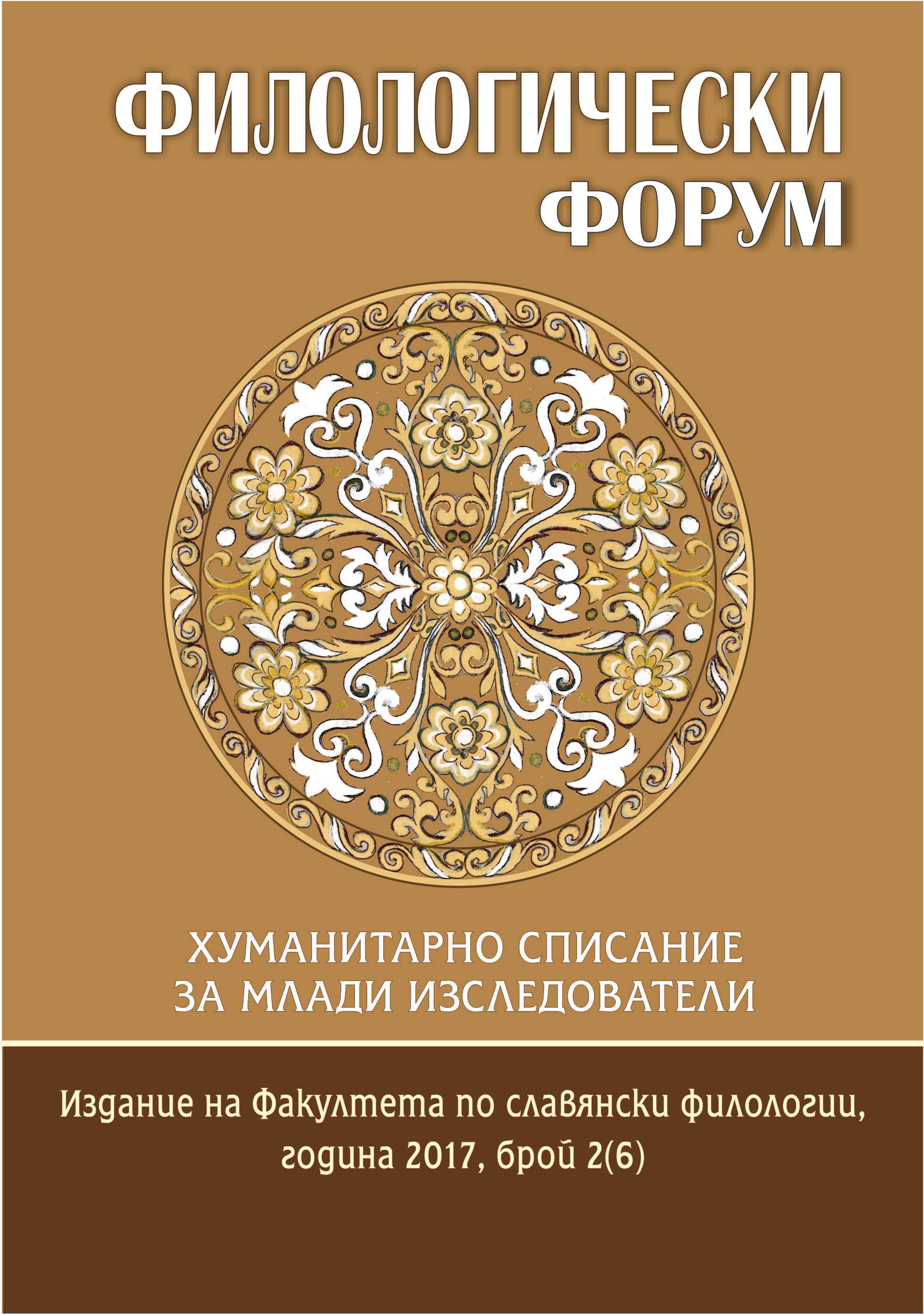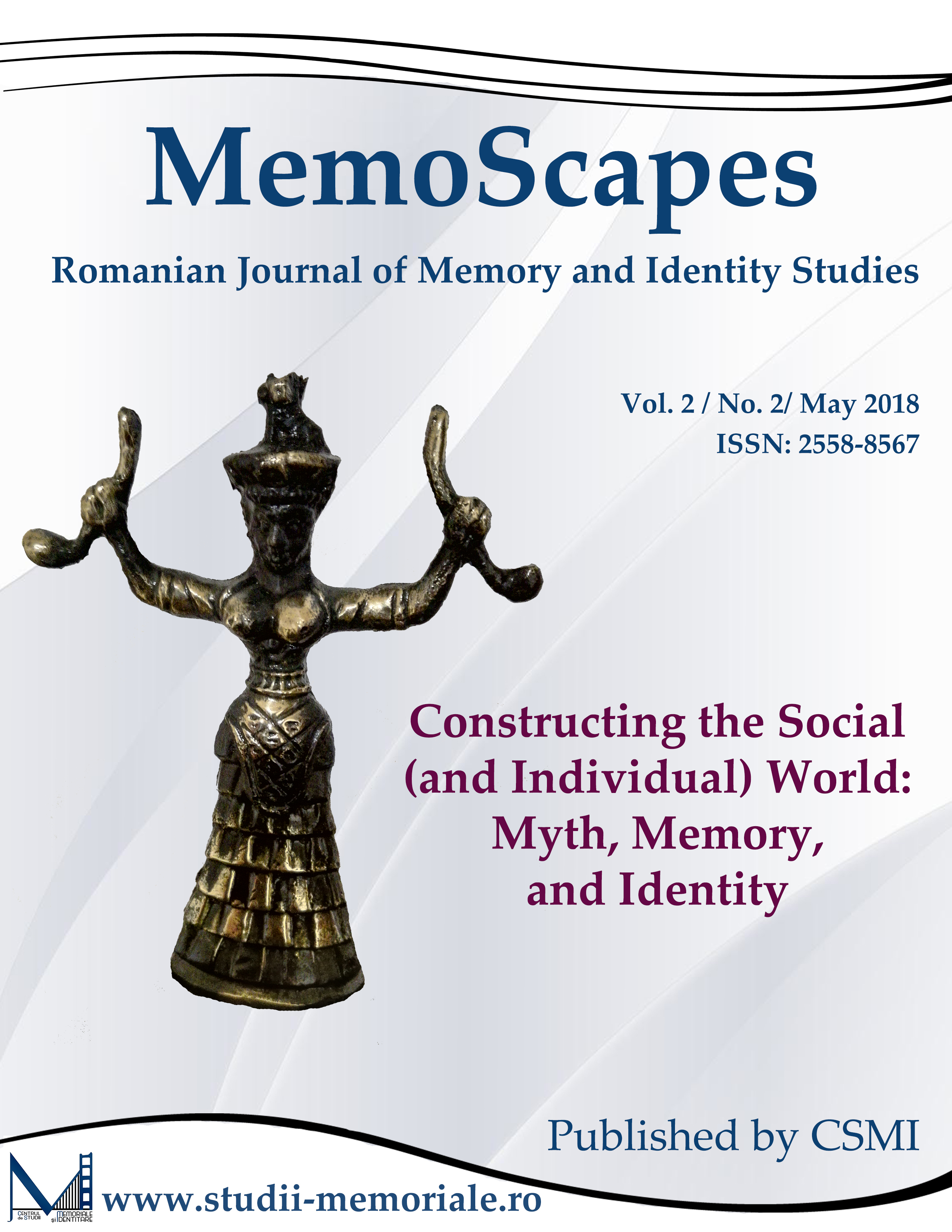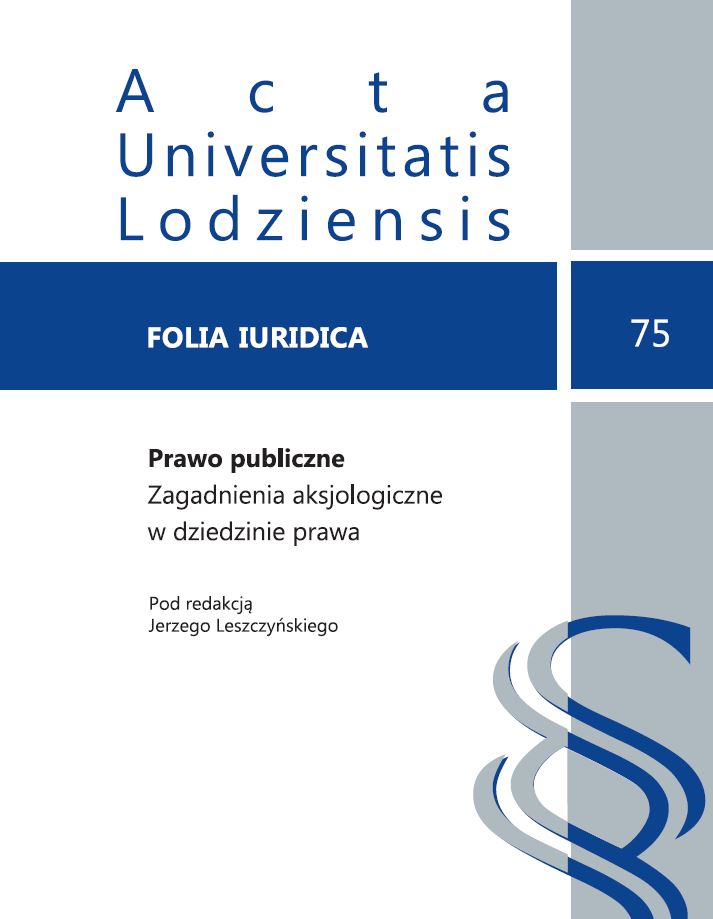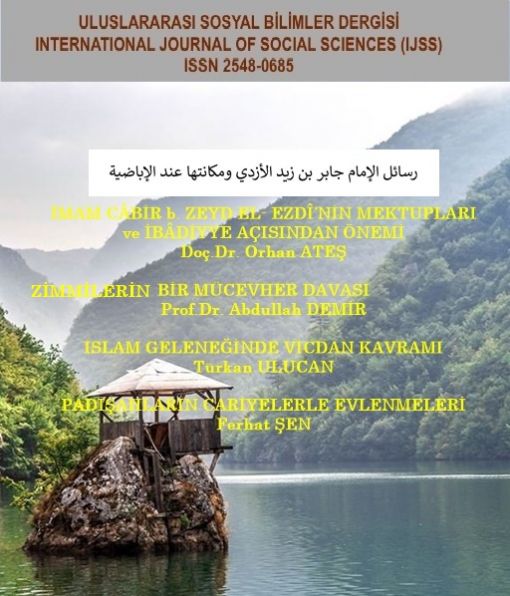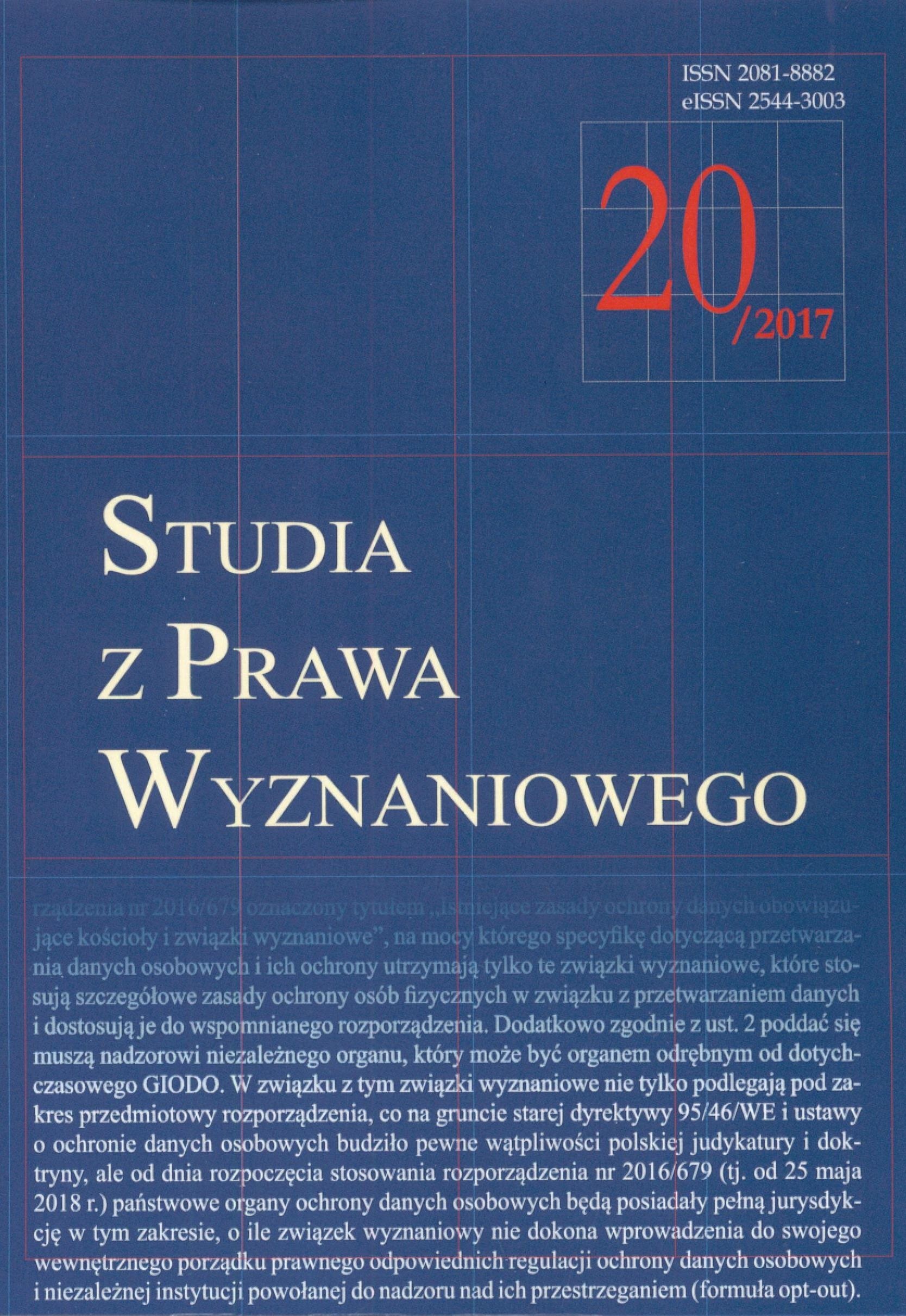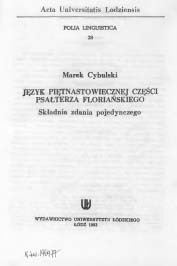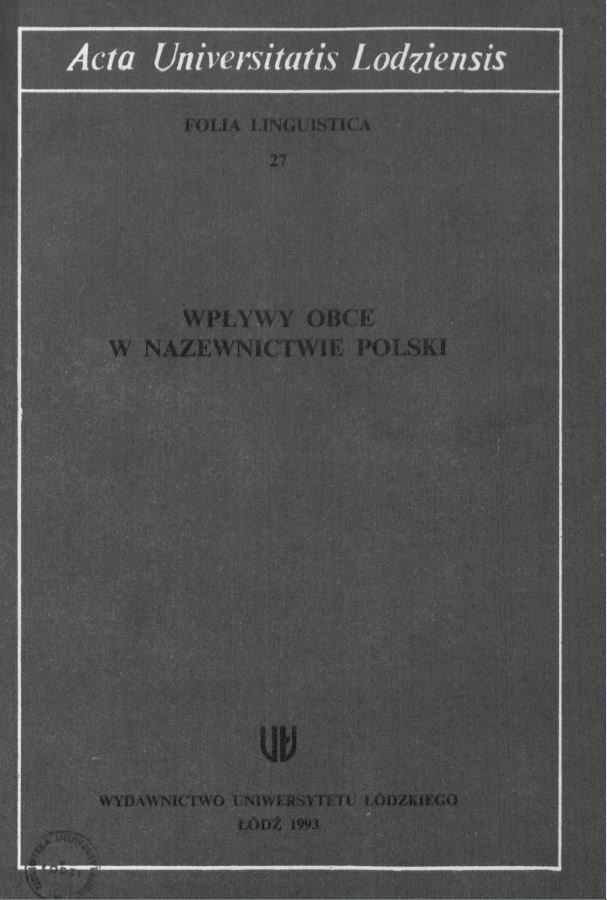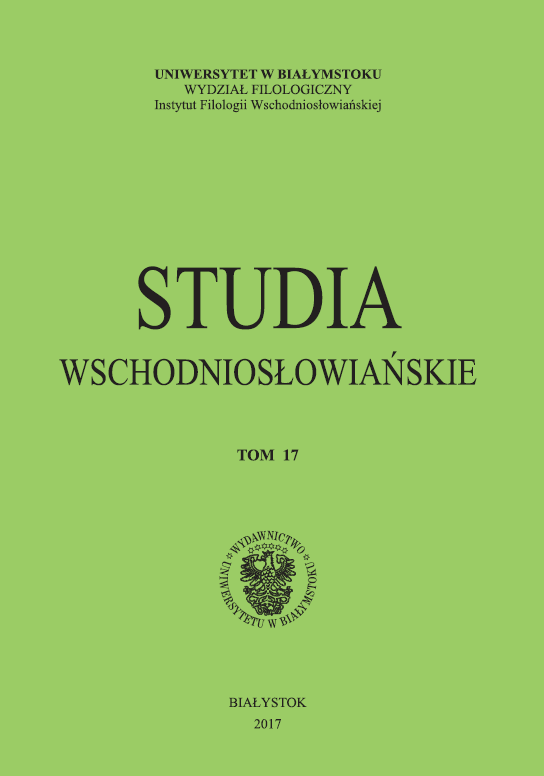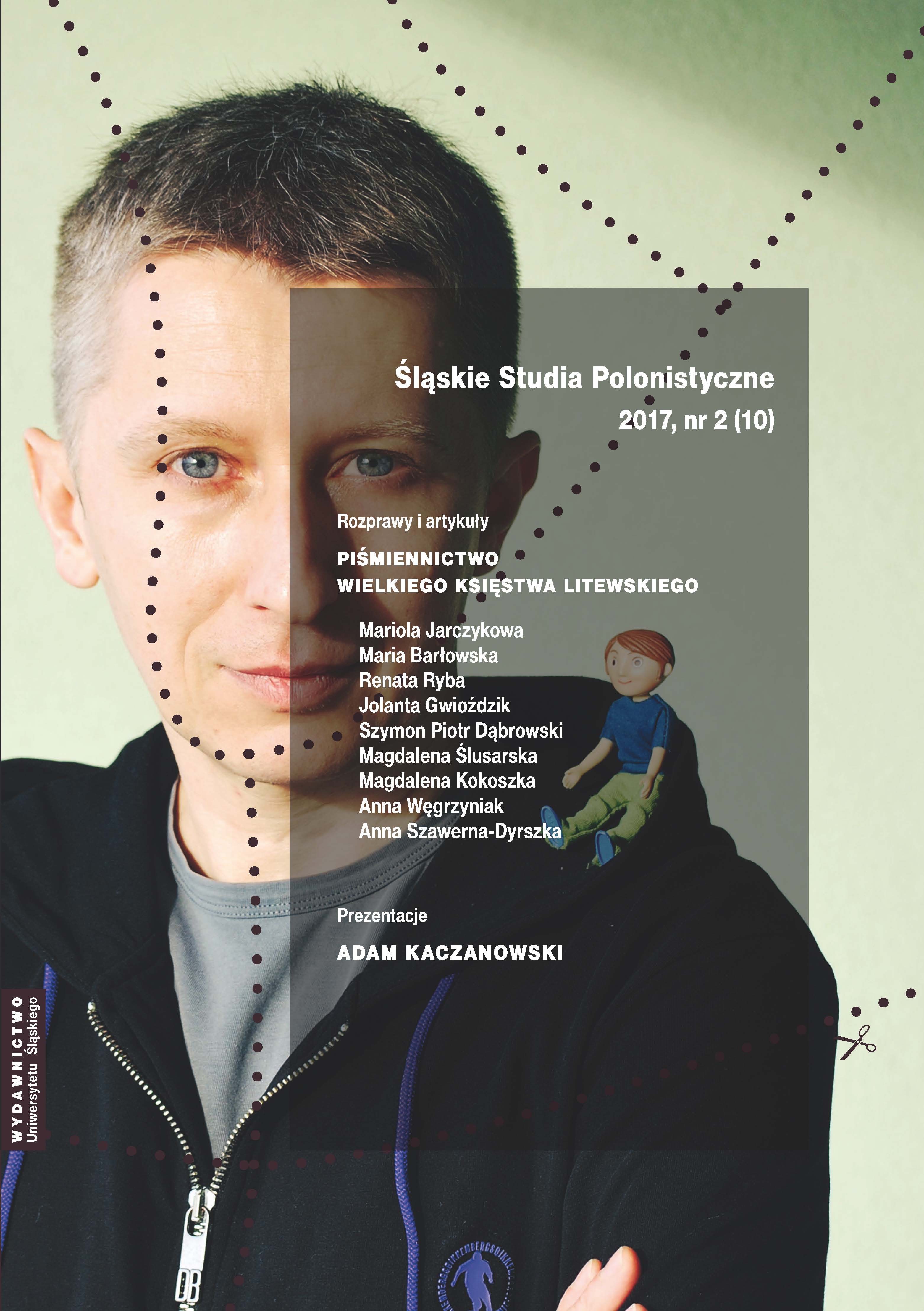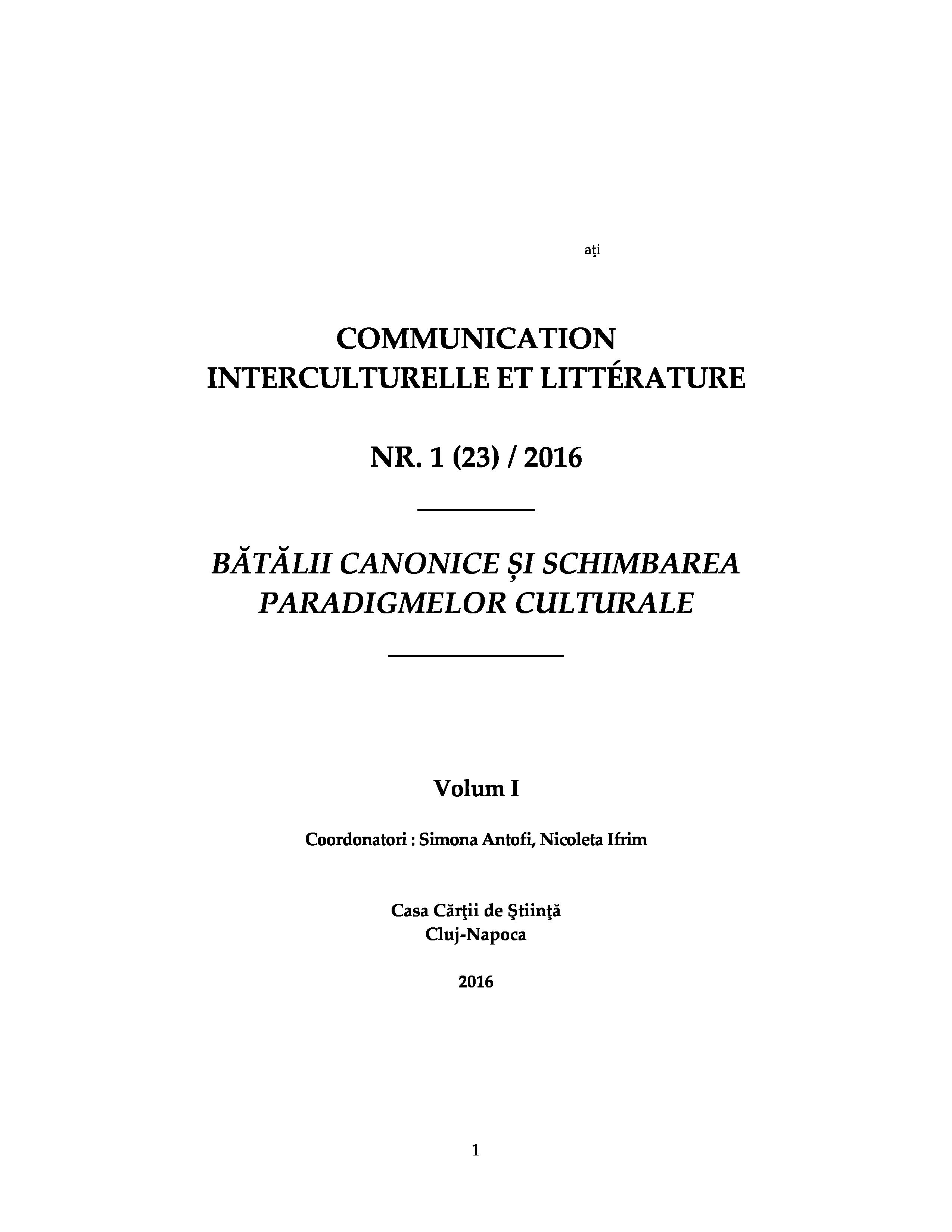
Ironie și grotesc în nuvelistica lui Victor Papilian
Victor Papilian’s work represents one of the many key moments of the Romanian literature between the two World Wars. His writings are fundamental for a better understanding and view upon both the social and artistic contexts. This paper aims to offer a wider perspective upon Victor Papilian’s short prose, by establishing two important milestones: the irony and the grotesque. These modern aesthetic categories play an outstanding role in identifying the singularity of the epoch’s mentalities: the modern man, who is always searching, always doubting, always criticizing the world. Our paper aims also to present, from a different point of view, the inner mechanisms which animate a modern writer’s artistic point of view. For this purpose, we have selected several examples of short prose, from Victor Papilian’s work. Our analysis consists in revealing the means by which the irony and the grotesque are built throughout the text. From a fine irony, up to a sarcastic tone, the author uses all kinds of means to illustrate his ideas and feelings. For example, all types of comics and characterization, interior monologue, up to the portraits illustration. Victor Papilian’s short prose, despite the lack of approach, remains one of the key milestones in illustrating the main artistic concepts of its times.
More...
